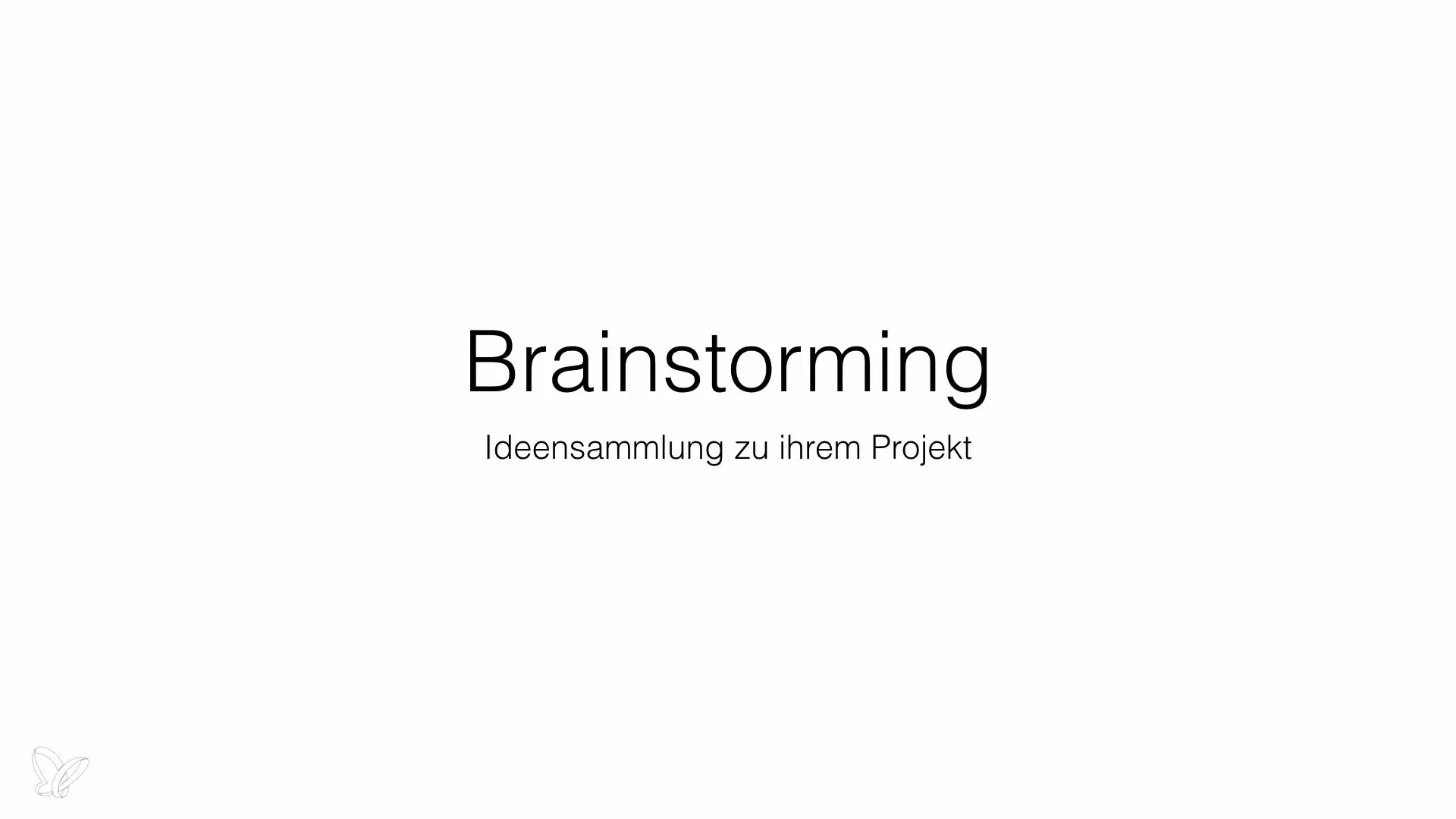Whether you want to create a database for a taxi company or a DVD collection – the first step in your project should always be brainstorming. This phase is crucial for gaining clarity about the required data and its structure. Here you will learn how to efficiently collect ideas and lay the foundation for a successful database.
Main Insights
- Brainstorming is the first and important step in database design.
- Write down your ideas to avoid forgetting anything.
- Consider which tables and data fields you need.
- Integrate a clear identification for each record.
Step-by-step Guide
Start brainstorming by considering the basic structure of your database. You should ask yourself what exactly you want to achieve and which data is necessary for that. Grab a pen and paper and jot down the fundamental ideas.

To make the planning concrete, take the example of a taxi company. Here you should ask yourself the following questions: What information is important for operation? A central table listing the rides is essential. Consider which prices, customer data, and information about staff are relevant.
Think about the important actors in your company. You need a table for the staff, listing the drivers. For each driver, you need basic information such as first name, last name, address, phone number, and a unique employee number as the primary key.
Now return to the table of rides. Here are some specific data points you might need: the date of the ride, the price, the start and destination addresses, and an estimate of the duration. Remember to keep this information as structured as possible to facilitate later access.

Another important aspect is the vehicle itself. You should set up a separate table for the cars, noting variables like license plate, vehicle type, number of seats, and year of manufacture. This way, you have a detailed overview of which vehicle is suitable for which ride.
Customer data is equally important. Here, information such as customer number, first name, last name, address, and phone number should be recorded. Also consider whether you want to offer discounts for regular customers to strengthen customer loyalty.
If you have already developed a sense for the structure of your database, scribble your ideas on paper. At this stage, it is important to capture everything to avoid forgetting anything important. Brainstorming should be a dynamic process where you can quickly make changes as new ideas come to mind.
After brainstorming, the next step is to transform the generated ideas into concrete tables and data fields. The current structure will serve as your basis, and in the upcoming lessons, you will learn how to implement this in Access.
Almost done! Get ready for the next steps, where you will learn how to define the relationships between the tables and bring your database to life!
Summary – Brainstorming for Your Database Project
An effective brainstorming session is key to creating a structured and functional database. Write down your ideas, think about the tables you need, and ensure that you capture all relevant data. This way, you lay the foundation for your database, regardless of which project you want to tackle.
Frequently Asked Questions
What is brainstorming in relation to databases?Brainstorming is the process of gathering ideas and requirements for the structure and data that should be stored in a database.
How do I start brainstorming?Take a pen and paper and write down all the ideas and requirements that come to mind.
Why is it important to use primary keys?Primary keys are crucial for uniquely identifying each record and avoiding duplicates.
What tables should I set up for a taxi company?Recommended tables are: Rides, Drivers, Cars, and Customers.
How can I manage discounts for regular customers?You can add a column in your customer table to indicate whether it is a regular customer and grant corresponding discounts.


